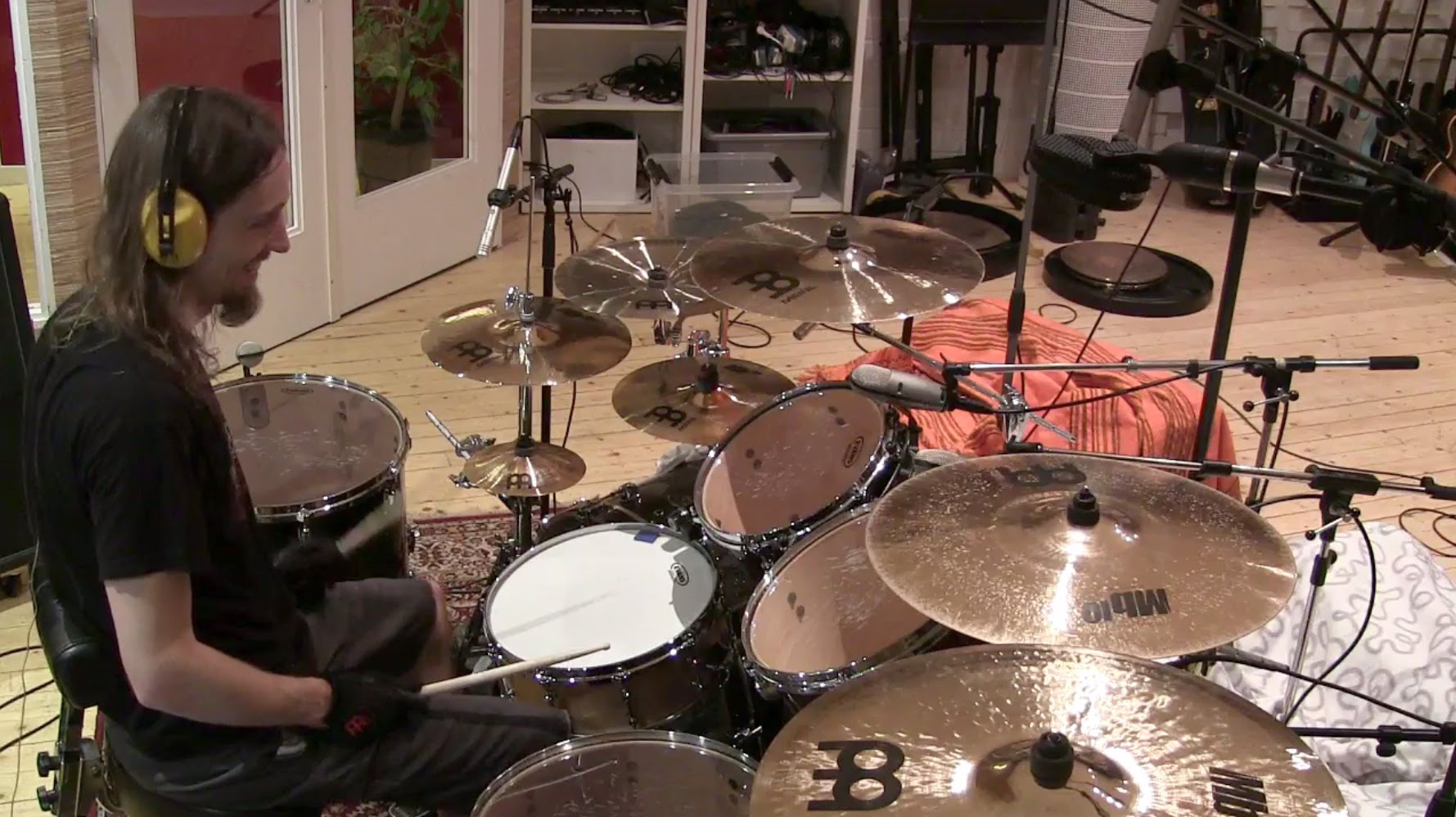Recording good sound is a major challenge for many drummers, especially from their cymbals. In my experience, I have noticed that more and more recordings are facing the problem of brittle-sounding cymbals.
I was looking at some findings from experts on recording with cymbals, and they all agree this issue is not an easy one. The top issues in these reports include what they called harsh-sounding cymbals and icepick hi-hats.
Well, these issues have not been eliminated. Modern drummers are facing similar problems, including myself.
Perhaps the only time you can be safe is when one of the people involved in a record has a long-term experience in the studio.
This means, if you work with, for instance, a full-time engineer with more than ten years of studio experience, you can think sure of a good outcome.
So, why should it matter to have someone who has gigged for more years than you have in a studio? Well, there are a number of things you know that they don’t know.
Choosing the best cymbal for recording is not the only thing that will get you that sound. In fact, you can have the best cymbal yet fail to hit the spot.
In the guide, I will be talking more about what you can get from an experienced source in your recording. It is all about having information that will make your cymbals sound better.
What are the Best Cymbals for Recording?
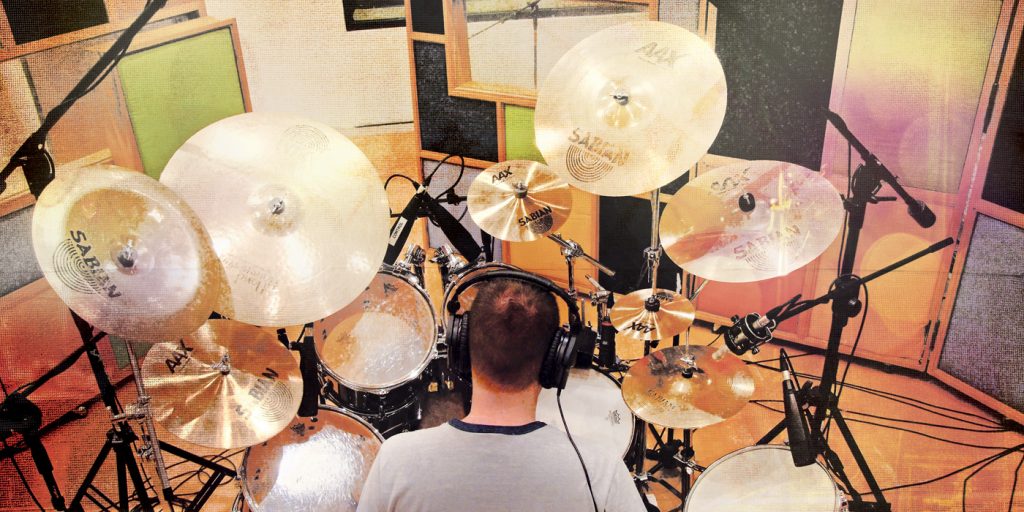
I was recently going through online sources on this topic and realized there is very little information on this topic. One other concerned person posted on gearslutz dot com about the same issue, and it got me thinking a lot about what drummer prioritizes in drums recording.
He says, “There have been a ton of threads concerning mics and pres for drums, and various recording techniques. Yet I have never seen any serious discussion on the most important element: the sources. I would like to start a discussion on what actual drums can cymbals you have used to get the “magic” tracks.”
This statement got my attention, and I realized just how much we have been missing out. Perhaps most drummers still have a hard in studios because they focus more on one thing and forget what makes the most important aspect of the setup.
I have even had to ask some experienced drummers, and most of them are mostly for live playing, which is understandable. But:
- what are the drum cymbals that work well for live-playing performances?
- and what are good cymbals when you record in the studio?
You need to establish a clear point that even the most resonant drums will not be of much help in recording situations. One may find it sounding bad and wonder why they invested a lot of money in the drum kit.
This is why I believe we have a valid discussion here.
Having said that ….
Think of the kits that have worked particularly well for you. Also, consider the genre you were working on because it is also a crucial aspect of your setup.
Some of the friends I was talking to were very positive about the Yamaha recording series. Although I don’t see anything that can beat the old Gretsch birch drums, they are all birch.
Maple is the most common shell type available, and one that most drummers use. Birch is good, but it may not have that warmth that cuts for modern, aggressive music types. Perhaps it does for you.
Some hybrids feature birch and mahogany centers, with maple on the outside. These are the best for recording. Why am I bringing up drum shells in the discussion? Well, you are not going to work with cymbals alone, are you?
In order to have that perfect sound and easy time at the studio, it is prudent for every aspect of your drum set to be in perfect order.
Therefore, it matters a lot about the quality of the drums you use. Understanding details like the type of wood, shell size, heads, and muffling can be the key you need to unlock the perfect sound.
Now that we are clear on that point, let’s talk about cymbals.
Mostly, it just comes down to personal preferences and taste. But there are certain features that are common with every recording situation.
Hi-hats
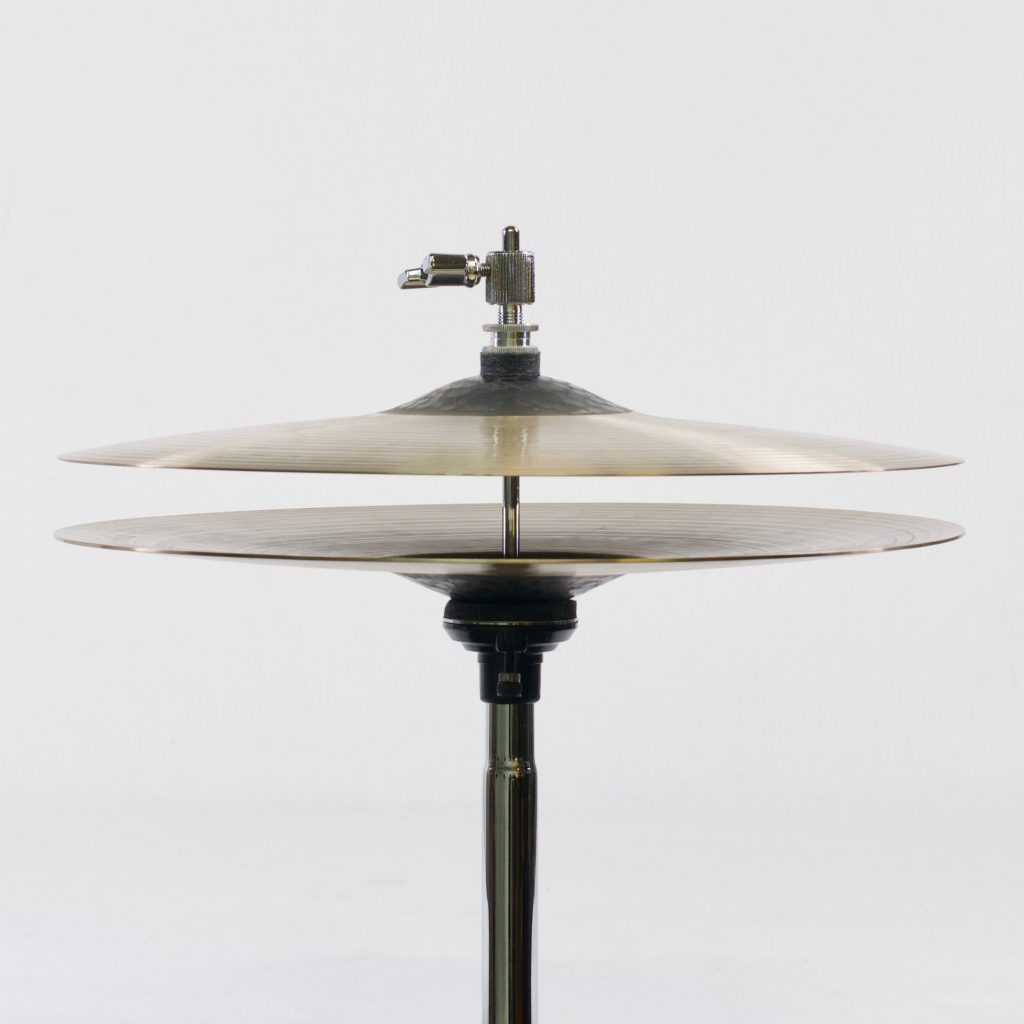
Hi-hats seem to me as the most crucial type of cymbal on any kit. And I know they are for many other people. These percussion instruments are played by either leg or stick using drumsticks.
In a studio, I feel like your cymbal setup’s general quality comes from the hat. To me, loud is better than soft. The whole setup will require less spot marks, which is always an issue considering how the snare and toms bleed.
But many drummers have praised soft, saying they don’t “shout.” Well, they are not wrong.
A in the O-H can easily be the best sound you can ever need. In my case, I have always been fascinated by hi-hats that are 5-6ms behind in the O-H. You will need a spot mic for this.
The 12’s and 13’s for recording is a better approach, though some drummers will not find this very pleasing.
The 14-inch A Zildjian New Beats has a pretty nice taste in the studio setup. And you can spot mic them if you have the channels.
Best Choices of Hi-hats
Zildjian 14″ A Zildjian New Beat HiHats – Pair
This pair of Zildjian hi-hats will work with almost every music style you can think of, except for jazz They offer a tight and crisp sound. Also, they feature a medium top and a heavy bottom, which makes them good for a ‘chick’ sound.
Meinl 15″ Byzance Dual Hihat Cymbals
The Meinl Byzance 15″ Dual hi-hat offers a distinguished sound that is not in any other cymbal. For those who strive to get that unique sound, this hi-hat is all you will ever need. Its professional look and great sound are the features that make any cymbal worth considering.
Crashes
Crash cymbals deliver that crash effect whenever they are hit, which creates nice fills in your drums sounds. And just like the hats, there are still mixed opinions about which crashes should be perfect for the studio.
Traditionally, thin crashes are the best because they don’t ring too long. However, you will notice the lack of a certain amount of boldness.
The sound that comes from cymbals has a lot to do with the drummer’s experience. If you are not familiar with cymbal sounds, then you will not realize how much you are missing or receiving.
Best Choice of Crashes
Zildjian 18″ K Sweet Crash
This is one of the best crash cymbals for rock. This crash comes with dark and musical sounds. It gives out a full sound that will pull out quickly from the initial stick impact. It’s defined by great smoothness and a moody character.
Generally, older A Zildjian cymbals are considered to do the job better. Walk around in many studios, and chances are you will find these bad boys in many setups.
Although mics play a crucial role here, there is always something amazing about cymbal quality. You need to keep in mind these ideas whenever you want to make good music that people will love.
The Best Cymbal Brands for Recording
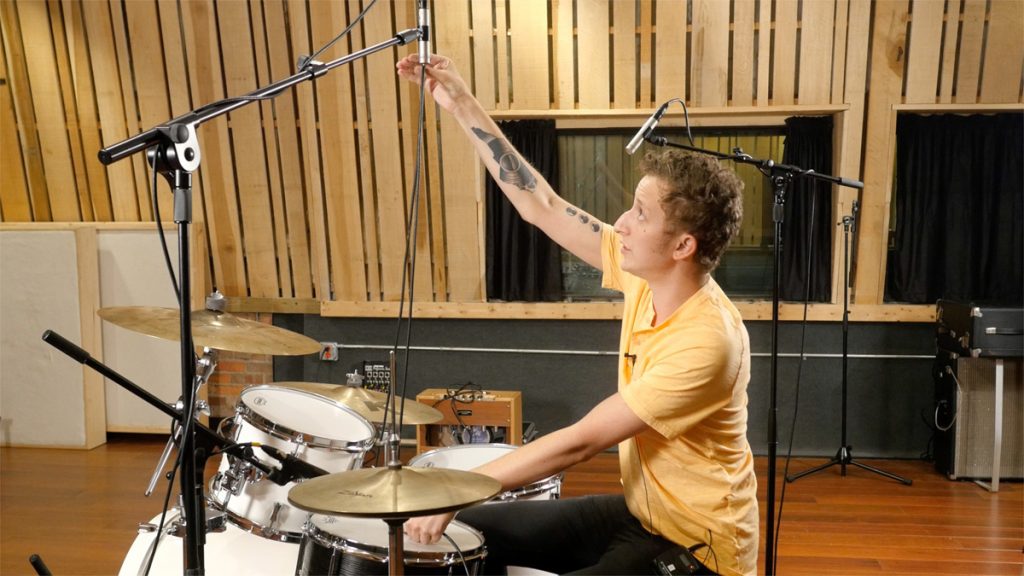
One respondent from the concern raised above states, “I’m a fan of darker cymbals live on in the studio, so the Zildjian K Customs have been some of the most pleasing. They are also a little dryer than the rest of the range. I’ve found the Paiste line considerably louder than the Zildjian and generally not as smooth, sometimes overly bright, and abrasive. I also find the Paiste crashes are prone to breaking quicker.”
There is a lot of truth in this statement. For me, Zildjian is the solution for studio sounds. Both the A series and the K Customs, with their darker sounds, have been top on my list.
Best Choices of Cymbal Brands for Recording
Zildjian 19 A Custom Crash
Are you looking for the perfect rock/metal ride solution? Look no further. This is one of the best ride cymbals featured in the line of the heaviest cymbals from Zildjian. The whole of A custom series comes with a Brilliant finish, which gives a slightly higher pitch. Also, they come at a very affordable price.
Zildjian 17″ K Custom Dark Crash
Talk about quality, and there are not very many brands of cymbals that compare to Zildjian. And here is a product that proves it all. This is one of the heaviest of all A custom clashes. It offers an acute, attack, and high-pitched cymbal sound.
It’s simply a brilliant and musical production that gives you light musicals to a loud and cutting punctuation. Their outstanding performance and construction from an 80/20 copper/tin alloy make them a perfect solution for your drumming needs.
This should not come as a shock to you. Zildjian is the largest cymbal maker in the world. They have been operating for more than 200 years, and therefore they have the experience and the reputation.
Paiste is another company that does not joke when it comes to innovation. They are also among the top manufacturers, delivering top of the like products at any given time.
Paiste cymbals do not disappoint in the studio either. Although they can get overly bright sometimes, the drummer is still up to ensure these issues have been well controlled.
Another company that has been making a lot of meaning for drummers is Sabian. For this brand, it is their versatility that places them in the top league.
The reason Robert Zildjian split from the main Zildjian line to start Sabian is said to be a desire for versatility. And this is what Sabian stands offers.
You will get a cymbal for any situation with Sabian, both for live performance and studio performance.
Their Artisan series comes as top-of-the-line products. The standard quality for high-end cymbals offers unlimited functionality.
Meinl has also tried to deliver top-hand cymbals. They are among the best manufacturers because of the quality of the products they make, such as Meinl Byzance Cymbal.
Like Wuhan, their main focus is on affordability. The three brands mentioned above can be very expensive and unaffordable for many users. But if you know what you need, then nothing will stand in the way of your success with them.
Understanding Cymbal Recording
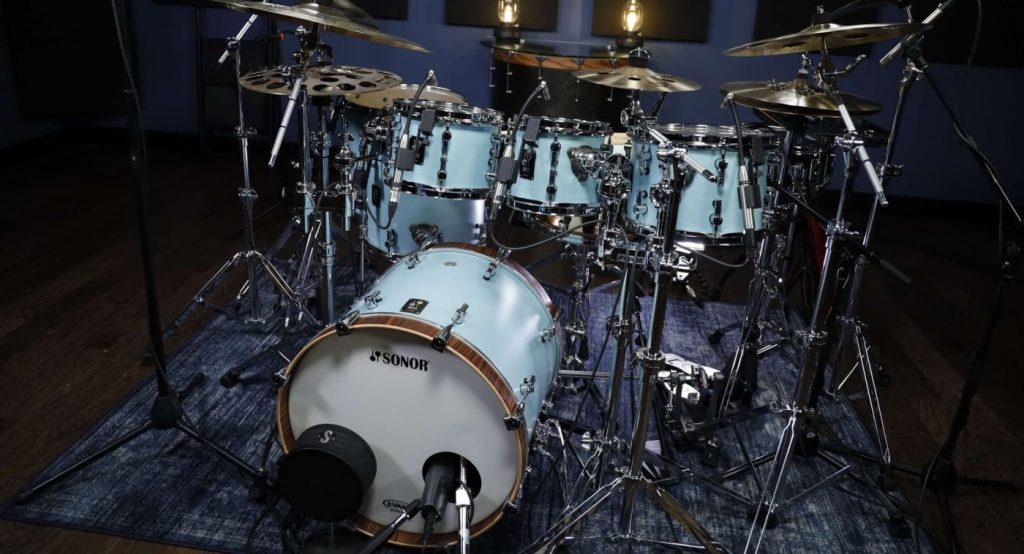
Let’s step back a bit and consider where we began before getting here. This way, we can appreciate the efforts people have made in bringing light to the drumming community.
Let’s face it then. There never used to be much selection in the cymbal world.
Zildjian was the only solution, and what they call the “A” line represented the whole market. The cymbals feature a traditional finish, visible lathe marks, and all sizes from medium to light. It did not matter the genre you were playing; these were all you needed.
Apart from this, traditional recording engineers were using analog tapes to track. And since this format was forgiving at higher frequencies, it was much easier to get smoother sound from them.
Tape recording has an inherent compression and a phenomenon called “self-erasure.” According to Mike Spitz from ATR Magnetics, all tape oxides formulas experience a small measure of self-erasure soon after recording.
You may have heard top engineers say how the tape sounded great soon after recording but sounded darker the next day. Expert technicians found a way to deal with this problem by using oversaturation.
The bottom line, drums, and cymbals sound generally better when recorded on tapes.
The same selection was witnessed when engineers wanted to choose microphones. Recording engineers got lazy because the market was filled with too many brands, with some brands delivering better overheads than others. It also did not matter much about the type of music you were playing; any microphone would play the part.
When it all changed
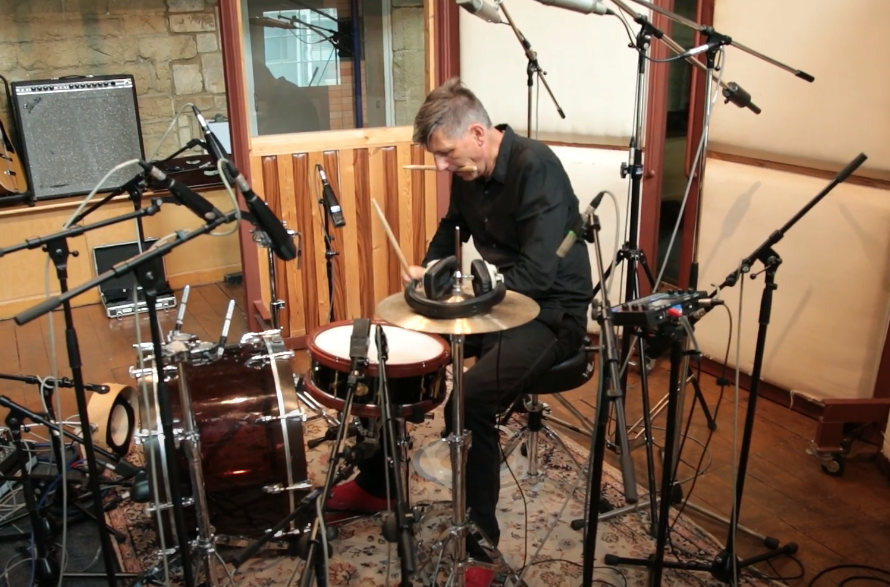
We must admit that recording engineers in the past were better off than what we see today. In fact, more so, they would get away with just one or two mics on every component.
Today, you will find many microphones on every drum with a bunch overhead, all in one setup. And this has become a normal day for every studio around the world.
So, what led to the issue of harsh-sounding cymbals? It’s simply because everything changed.
Drummers were becoming more aggressive, and they wanted to cut through the mix both at shows and practice. They wanted to be heard and felt, too, just like with the other instruments.
On the other hand, cymbal makers started offering heavier, brighter, and louder cymbals. The whole product line expanded as new demands arose in the industry.
Now to recording, technology changed everything with digital recording as a more affordable option to tape. The tape impacts a character to everything it captures, whereas a digital machine gives back what you give in.
Engineers started using the flood of cheaper Chinese-made microphones that cost only a fraction of European hand-matched sets.
These microphones offered a crispier and sexier sound than what was in the traditional “flat response.” Also, electronics mics have a way of changing the cymbal sounds from silent to explosion within milliseconds.
And there came lesser electronics distort in these situations that created a whole new type of waves.
Nearly all cymbals recorded with these approaches were overly crisp. Now drummers could use the “cut through the mix” solutions to keep their instruments on the tone.
Both drummers and recording engineers resolved shrill cymbals. This means that the sound you get from your cymbals depends on your approach and how you set up your kit.
The drummer and the Engineer
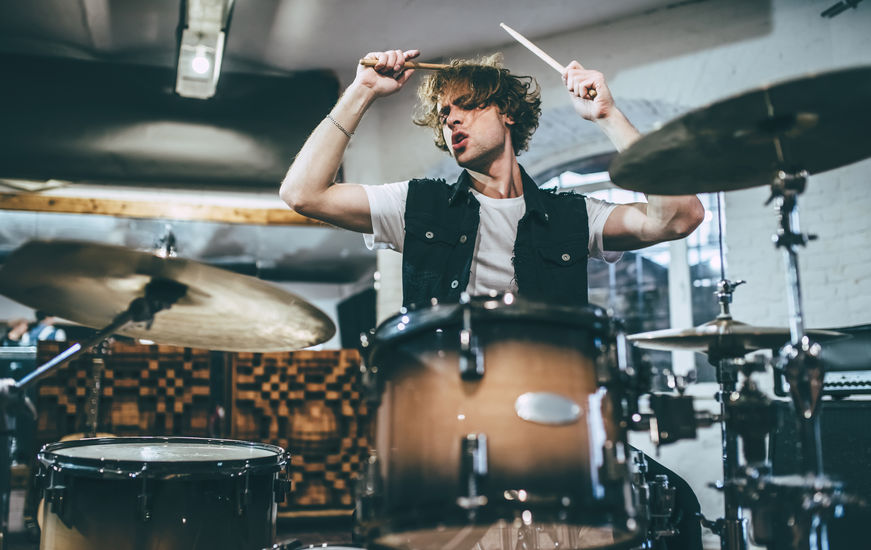
You may have the best cymbal on the market set in your studio, but if you cannot use them effectively, there is nothing you can do about the quality of sound that comes out. Both the drummer and the engineer have an important role to play here.
Ultimately, the representation of an instrument begins with the drummer. It is crucial that you approach the studio like you would any gig and get there well-prepared.
Understand that are cymbals dedicated to live performance and others specifically for recording. One of the best session drummers, David Throckmorton, who is also Sabian endorse advises that a drummer should come with at least ten different ride cymbals to a gig because you never know what the client may need.
It is understandable that some of us have a cymbal budget, but you still need a set of cymbals for your shows. If there is no PA in the arena, you will need to be louder enough, which means you need thinner cymbals.
Chances are, you will end up using the thinner cymbals in the studio too, and thicker ones in live shows. And this is a good reason to own as many different cymbal sets as possible.
Consider also that your playing style will also have a major influence on your sounds, no matter your gear. Some clients will need a candidate who knows how to play their cymbals for the specific genres they are needed for. Note then, brighter-the-optimal rock crashes will not work well in a jazz setup.
If you are starting a drummer, it would be best if you learned how to mix yourself. Learn to control the volume of your cymbals to follow the sound of your drums.
In terms of gear, a low-cost solution is often not best for studios. For instance, you will be playing the cymbals using wood instead of nylon tips at a session. There are significant differences here, with nylon emphasizing more attack, and louder on the hats and rides.
Also, should you clean your cymbals, or just leave them in the darkness. Dirt, finger oil, and grime can settle in the grooves of lathed cymbals and affect their overall performance.
As an engineer, there are several ways of approaching cymbals. Some will buy cymbals that they trust well for recording or alter their microphone techniques. It all comes down to one’s experience, which also means working an experienced drummer is essential.
Frequently asked questions
What Are Cymbals Made Of?
Cymbals are made from copper-based alloys. The cheapest one comes from brass, which not the strongest and sounds brighter. Higher-end cymbals are crafted from B20 metal alloy, which gives them great strength and durability. Mid-range cymbals come from B8 and B10 alloys.
What Are Cymbals?
Cymbals are percussion instruments used as part of a drum set. Different types of cymbals are used for different sound effects. For instance, crash cymbals offer an “accent effect.”
What Is A Ride Cymbal?
The ride is a standard component in drum kits. It’s a cymbal used to keep a steady rhythmic pattern, sometimes known as the ride pattern, which is different from a crash’s accent.
Verdict
Recording cymbals in a studio are not as easy as it sounds. But if you choose the right cymbal, plus the information shared in this article, you should be able to create good music.
I would recommend the Sabian AAXPlosion and Vault crashes for the best cymbals for recording. These are the cymbals I use. However, it depends on the type of music you play.



